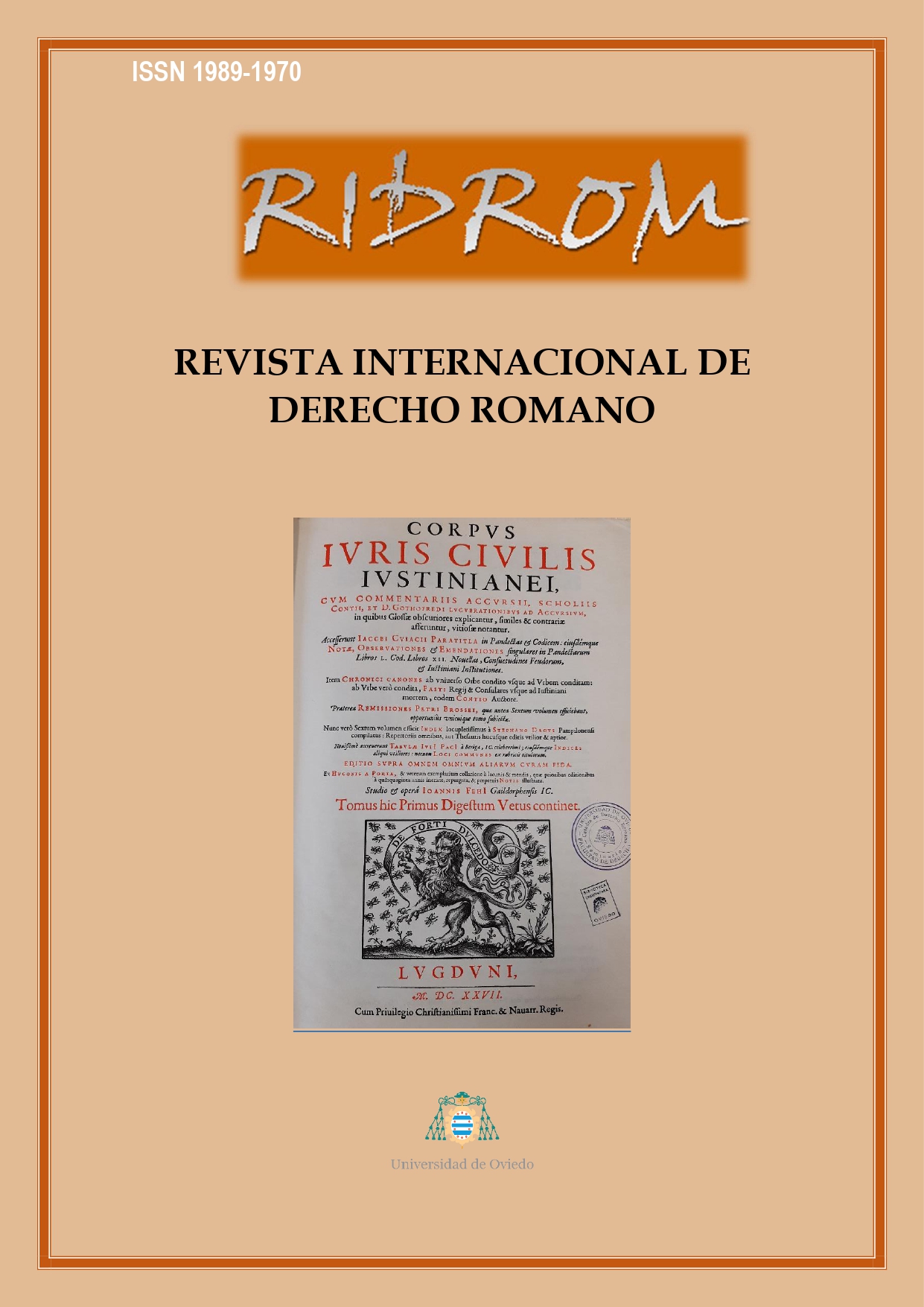Abstract
Hungarian civil law was not codified, and consequently court practice was very important. Judges often took into consideration foreign, in particular Austrian, rules when deciding cases. The Hungarian Civil Code of 1959, which entered into force on 1 May 1960, had the following important characteristics: a) It followed a unified concept of civil law. b) Regulation regarding socialist property was very detailed. c) It contained few definitions and programmatic, aspirational norms, or in other words policy declarations. d) The operative norms tended to regulate all legal relations in detail. e) The Hungarian Civil Code did not adopt the notion of the juridical act which is one of the basic notions of the German Civil Code. The Hungarian Civil Code also disregarded the General Part of the Pandectist model viewing it as too abstract. f) The Hungarian Civil Code implicitly accepted the category of iura in rem like quite a few institutions rooted in Roman law. The Book on Ownership regulated the classic real rights of enjoyment, namely usufruct, use and servitude as well as the new forms of use. The Hungarian Civil Code underwent various modifications due to the economic reforms initiated on 1 January 1968. The Code was “depoliticised” after far-reaching political and economic changes commenced in 1990. The Commercial Code of 1875 – which became largely inefficient in the aftermath of World War II – still governed some legal institutions. This was holding true for the various forms of corporations (economic organizations) until January 1, 1990..Downloads
Download data is not yet available.

